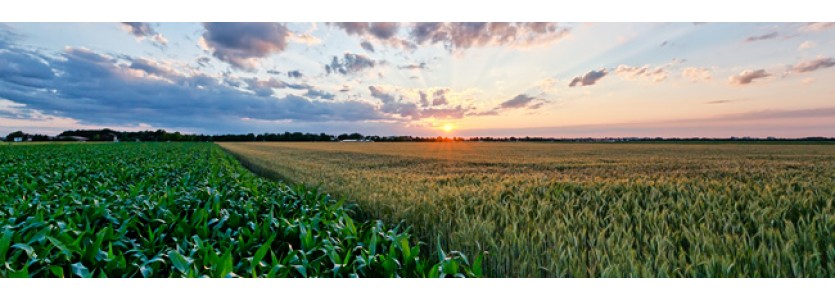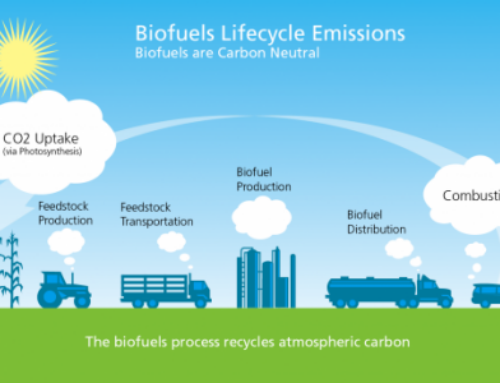Ethanol blends vary from as little as 5% (E5) to 100% pure ethanol, but in Australia the most common blends are E10, and E85. Sucden reports that as of 2014, world ethanol consumption was about 100 billion litres, around 87% of which is used for fuel – a sharp increase from nearly 74 billion litres in 2009. The International Energy Agency predicts that together, conventional and advanced biofuels will represent 8%, or 400 billion litres, of transport energy consumption by 2025.
The United States, Brazil and the European Union are leading the change in fuel usage, producing and consuming approximately 80% of the world’s total. The US has mandated 164 billion litres per year of ethanol in petrol blends by 2022. In the major markets of Brazil and the United States where ethanol is an important part of the fuel mix, consumption is growing by around 10% per year. The European Union aims to replace 10% of each EU member state’s transport fuels with renewable fuels like ethanol by 2020. The Nordic countries are at the forefront of this, with Sweden for example aiming for their transport industry to be completely free of fossil fuels by 2030.
Canada sells blends ranging from E5 right through to E85, with a national mandate of 5% – although the various provinces have set their own mandates higher than the national target.
Several Asian nations are also implementing biofuels targets; China, for example, has a mandate of 10% ethanol by 2020, and Thailand has a national biofuels policy of 20% of its fuels by 2017.
Source: http://biofuelsassociation.com.au/

